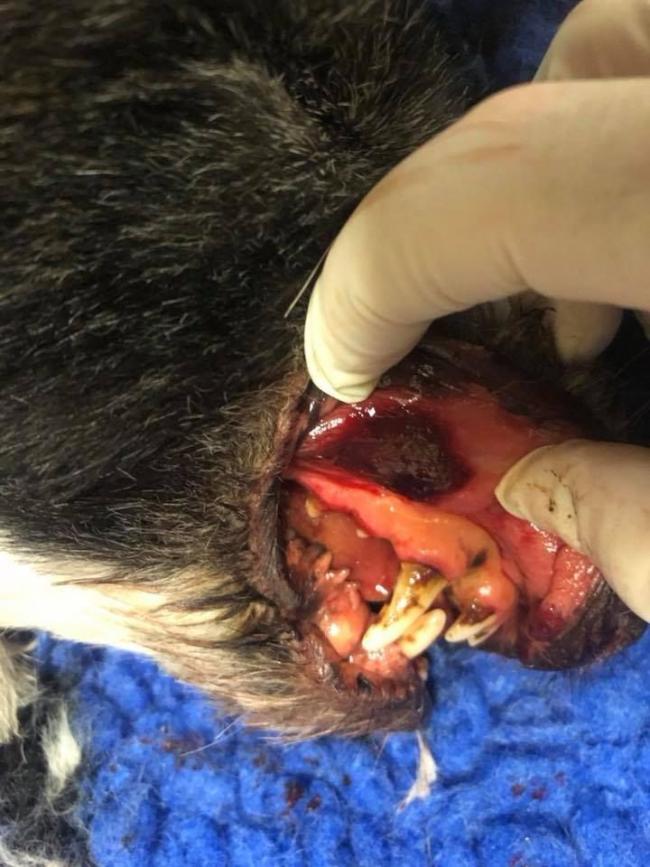
Dog owners have been warned to be on their guard following a suspected case of Alabama Rot that resulted in an animal having to be put down.
Helston veterinary practice Head and Head said it had recently treated a dog that appeared to have the condition, although it was not possible to confirm it fully without a post-mortem lab test, which wasn't performed in this case.
The condition, which is medically known as cutaneous and renal glomerular vasculopathy (CRGV), is a disease caused by damage to blood vessels of the skin and kidney. This results in tiny blood clots forming in the blood vessels, which blocks them and can ultimately lead to damage of the affected tissue.
In the skin this causes ulceration, but in the kidney it can lead to severe organ dysfunction (kidney failure).
Head and Head said on its Facebook page: "The dog presented with an unusual looking skin lesion, several large ulcers in his mouth and blood tests showed that he was suffering from severe acute renal failure.

The legions in the dog's mouth. Photo: Head and Head Veterinary Practice
"Following advice from a specialist referral practice (Anderson Moores), treatment was instigated with intensive fluid therapy. However due to the poor response to treatment he was sadly euthanised."
The cause of Alabama Rot is currently unknown, so the practice said that there was unfortunately no specific advice it could give on how to prevent the condition.
Vet and joint practice director Paul Riley added: "It appears to be a seasonal condition, most cases occurring between November and May and may be associated with wet and muddy heathland type habitats.
"This dog was regularly walked on Goonhilly Downs but it is impossible to say whether the condition was actually contracted there or not.
"The only advice that we can really give, is that it is possibly a good idea to wash your dogs down after walks if they are wet and muddy and to see your vet if you see any new sores appearing on your dog’s skin.
"We can’t stress enough however that over 99 per cent of skin lesions will NOT be caused by Alabama Rot!"
Mr Riley described cases of the condition as "very rare" but said owners with any concerns about unusual looking skin legions on their dog, particularly if their pet was off-colour, should visit their veterinary surgeon to get it checked out.

A skin legion on the between the dog's leg and neck. Photo: Head and Head


Comments: Our rules
We want our comments to be a lively and valuable part of our community - a place where readers can debate and engage with the most important local issues. The ability to comment on our stories is a privilege, not a right, however, and that privilege may be withdrawn if it is abused or misused.
Please report any comments that break our rules.
Read the rules hereLast Updated:
Report this comment Cancel